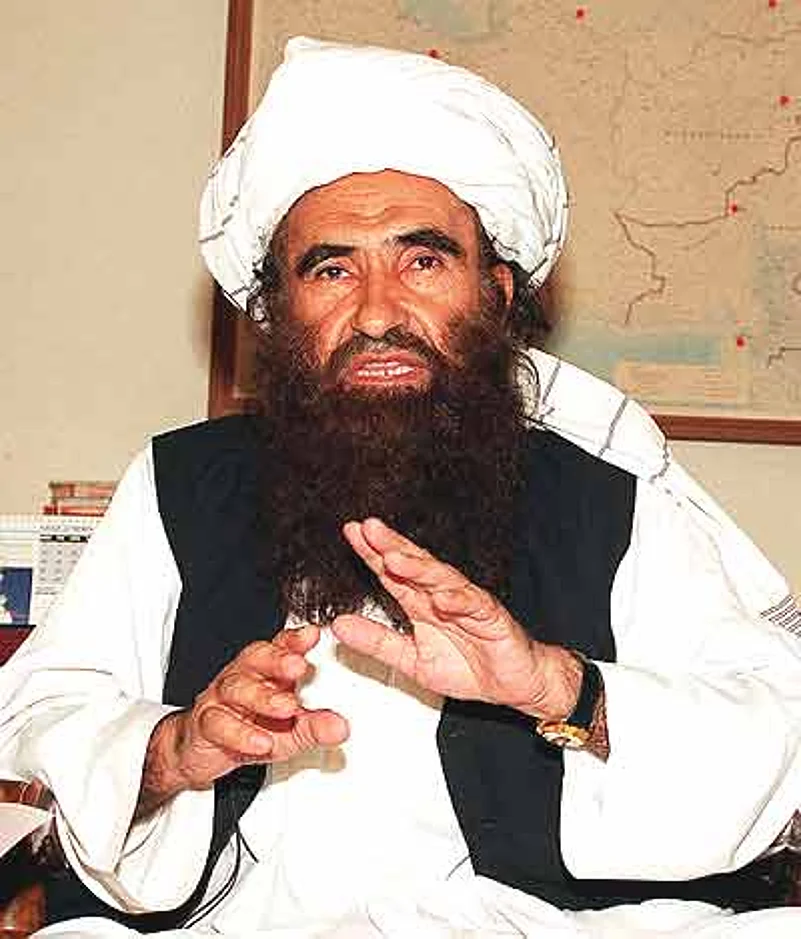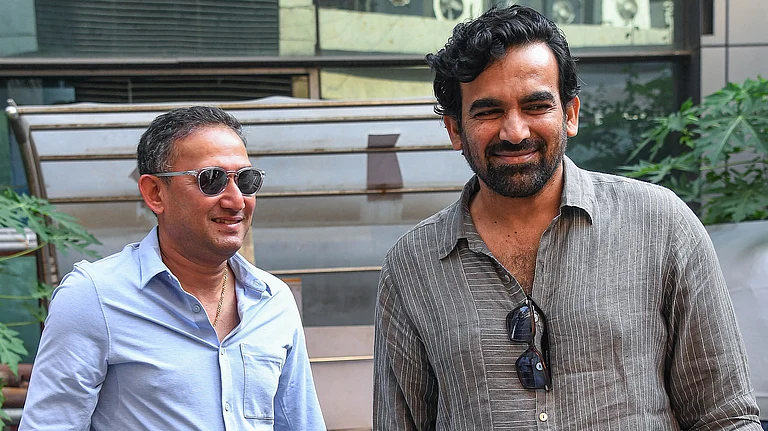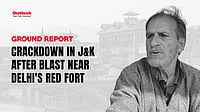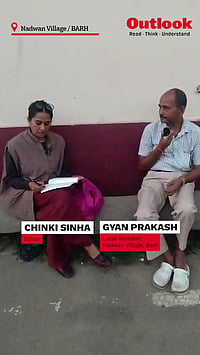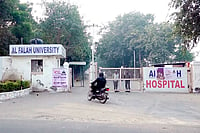A strip of land bordering the Khost province of Afghanistan, rugged and sparsely populated, North Waziristan has acquired international notoriety because of Faisal Shahzad, who failed to trigger the bomb in Times Square, New York. Faisal is said to have travelled there to train as a bomber. His choice of North Waziristan can’t be faulted—it has for long been the nursery of militants acquiring skills in making improvised explosive devices.
One of the seven tribal agencies comprising the Federally Administered Tribal Areas (FATA), North Waziristan is the refuge of Afghan commander Maulvi Jalaluddin Haqqani, who spearheads the Taliban fight in the Khost province. The area is said to be bustling with militants of all hues—from Jalaluddin’s own militia to Tehrik-e-Taliban Pakistan (TTP) to fugitives belonging to the Jaish-e-Mohammad (JeM) and Lashkar-e-Toiba (LeT), the last two infamous for fomenting terror attacks in India. Worryingly for the United States, it’s also believed to be the hiding place of Al Qaeda leaders on the run.
The surge of militants in North Waziristan is not only due to its proximity to Afghanistan, but also because Pakistan army operations in South Waziristan and Swat have prompted the TTP leaders to take refuge in Haqqani’s fiefdom. As far as shelter for terrorists go, North Waziristan is considered safe—Pakistan is reluctant to move against Haqqani, who it views as a strategic asset, and who could play a vital role in Afghanistan once the American troops pull out. No wonder the Times Square incident has goaded the Americans to mount pressure on the Pakistan army to conduct a South Waziristan-like operation in North Waziristan as well.
This year, though, the US began to target the Haqqani network ever since a North Waziristan-trained suicide bomber killed seven senior CIA officers in the Khost province on December 31, 2009. Haqqani’s son, Mohammad, was killed in a US drone attack in the region on February 18, 2010; his elder son, Sirajuddin, miraculously escaped unharmed in another drone attack earlier this year. (His third son, Omar, died in a firefight against Americans in Paktia, Afghanistan, in 2008.) On May 11, US drones killed 28 militants and villagers in North Waziristan. But America realises that unless there are boots on the ground, it’s difficult to extirpate the formidable Haqqani network from the region.
Some in the Pakistani establishment believe the US drone attacks have been successful in North Waziristan because of the cooperation from Pakistani intelligence. However, diplomatic circles in Islamabad insist that Washington and Islamabad are not on the same page on the issue of cracking down on the Haqqani network, prompting the Obama administration to carry out solo efforts using hi-tech drones.
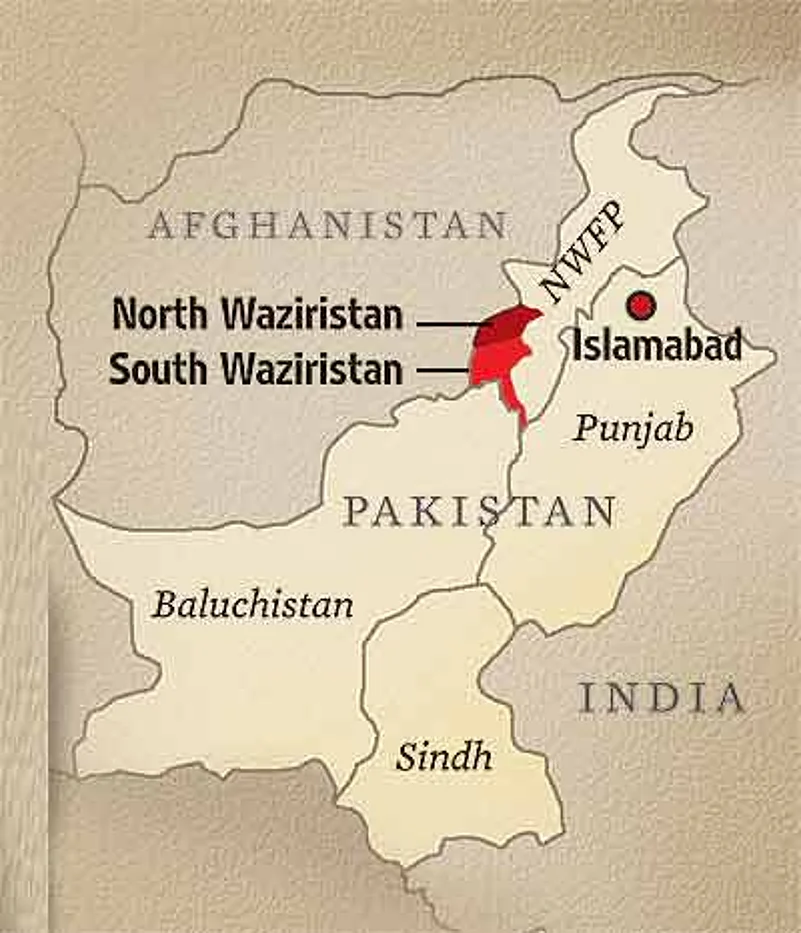
North Waziristan is also said to be witnessing conflicts between militant groups owing allegiance to the ISI and those independent of its control. This is best illustrated in the abduction and killing of Sqn Ldr (Retd) Khalid Khawaja, a former ISI official, on April 30. Khawaja was travelling in the area with another ISI official, Col Sultan Amir Tarar, known as Col Imam, and a British journalist of Pakistani origin, Asad Qureshi. The officials were to ostensibly assist Qureshi in shooting a documentary on Taliban commanders, but most believe their real purpose was to convince the TTP leaders to call for truce.
Before Khawaja was killed, the abductors released a video in which, among other things, they asked why Pakistan was targeting certain militant groups while others like the JeM, LeT and Harkat ul Mujahideen were allowed to collect funds in Pakistan? These groups are said to be under ISI control and often employed to wage jehad in India.






